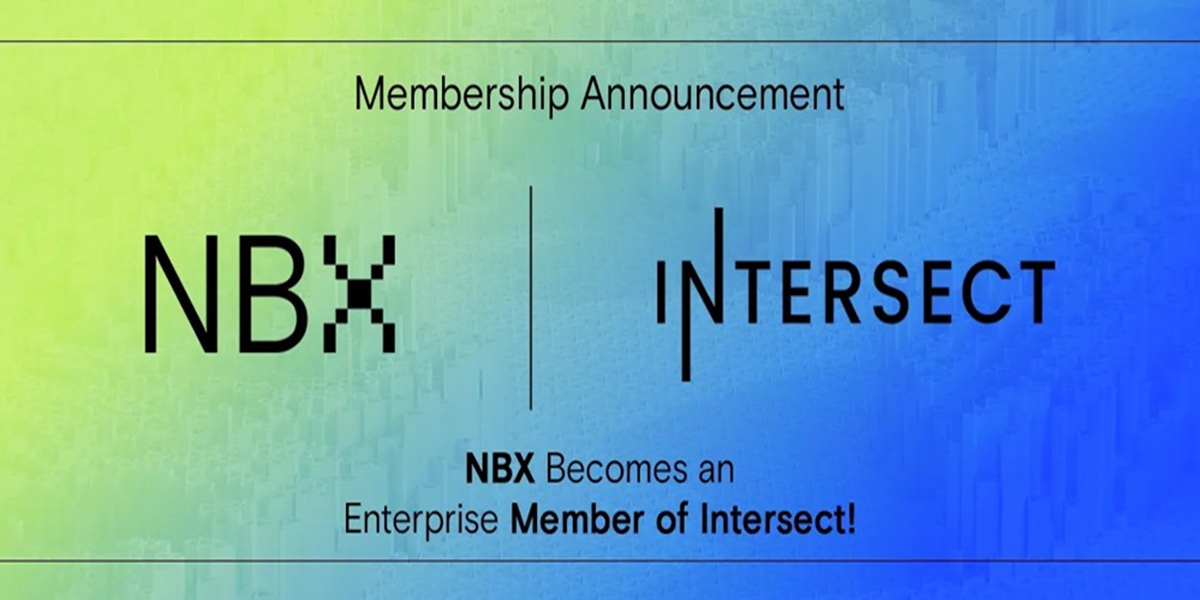Public key cryptography, also known as asymmetric cryptography, is a cryptographic system that utilizes a pair of mathematically related keys: a public key and a private key. It is a fundamental component of modern encryption and digital security.
In public key cryptography, each user or entity has a unique key pair consisting of a public key and a private key. The public key is freely distributed and accessible to anyone, while the private key is kept confidential and known only to the owner. The keys are mathematically linked in a way that data encrypted with one key can only be decrypted with the corresponding key from the pair.
Here's how public key cryptography works:
Public key cryptography offers several advantages:
Secure Communication
Public key cryptography allows secure communication between parties without the need to exchange encryption keys in advance. Users can freely distribute their public keys, ensuring confidentiality and integrity in their communications.
Authentication
Public key cryptography enables the verification of digital signatures. By encrypting a message with their private key, a user can create a digital signature that can be decrypted and verified using the corresponding public key. This ensures the authenticity and integrity of the message.
Key Exchange
Public key cryptography provides a secure method for exchanging symmetric encryption keys. By encrypting the symmetric key with the recipient's public key, users can securely share the key without the risk of interception.
Public key cryptography is widely used in various applications, including secure communication protocols (e.g., Transport Layer Security (TLS)), digital signatures, secure email, virtual private networks (VPNs), and secure online transactions. It provides a foundation for secure and private communication in the digital world.


